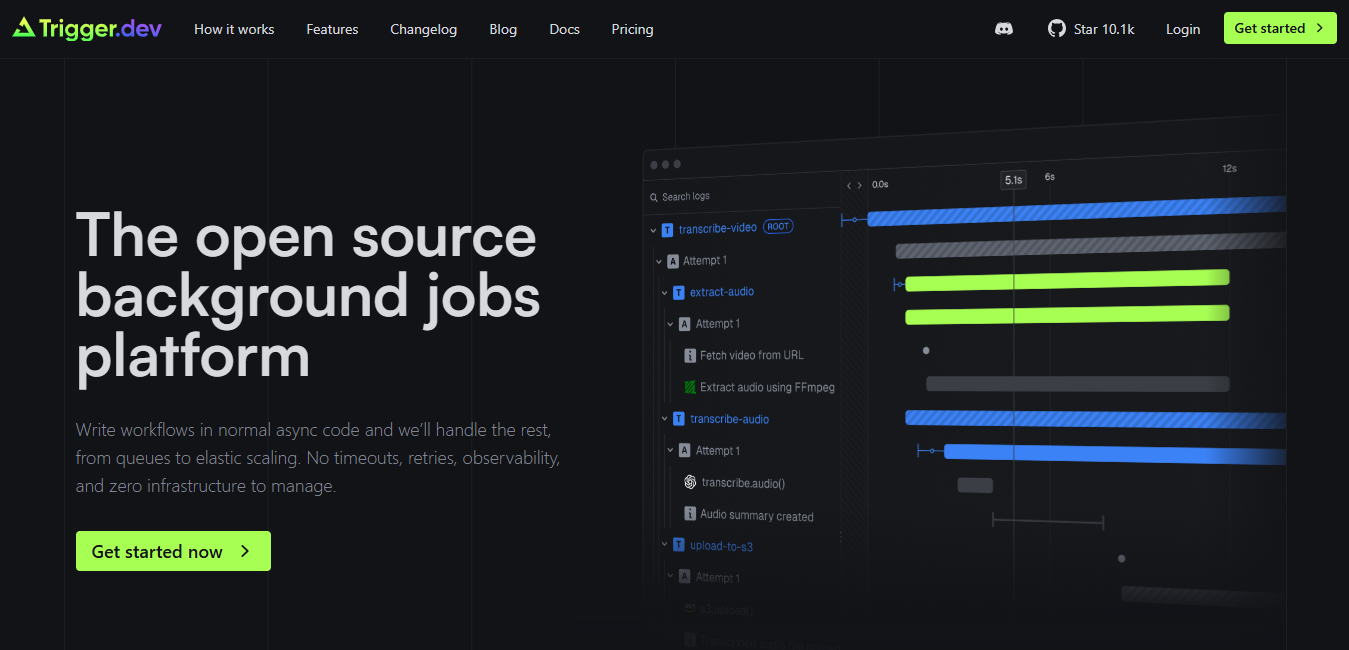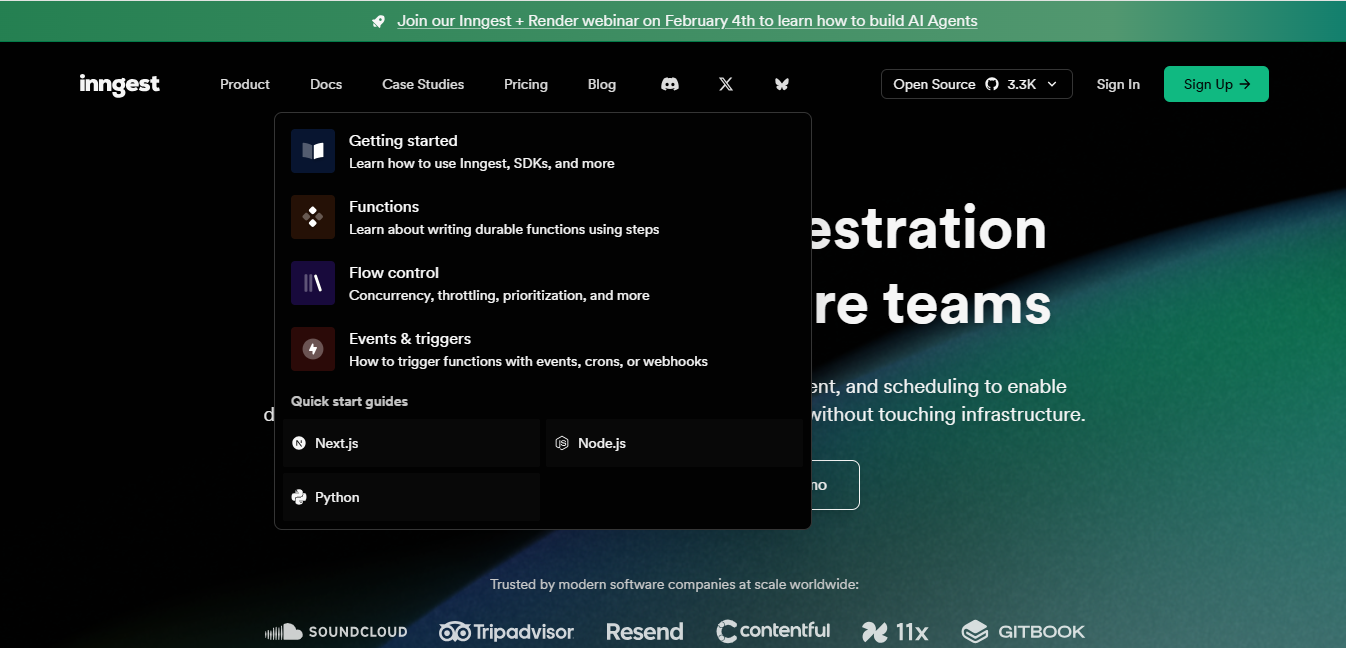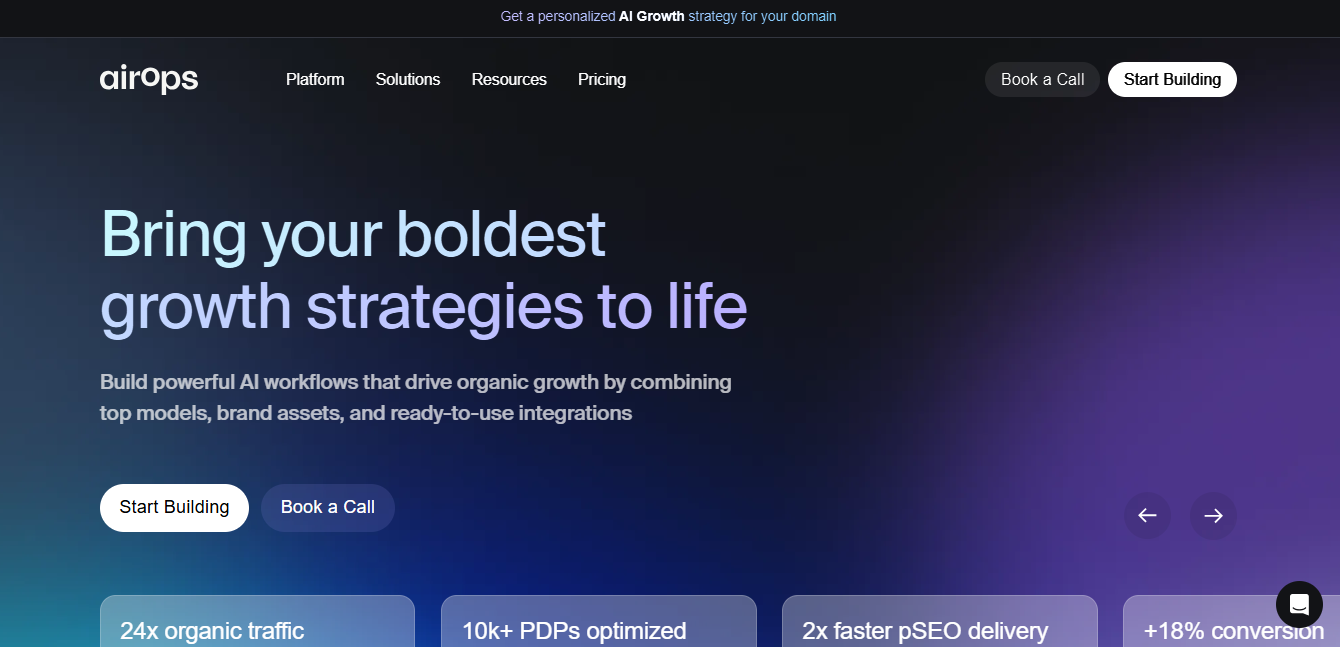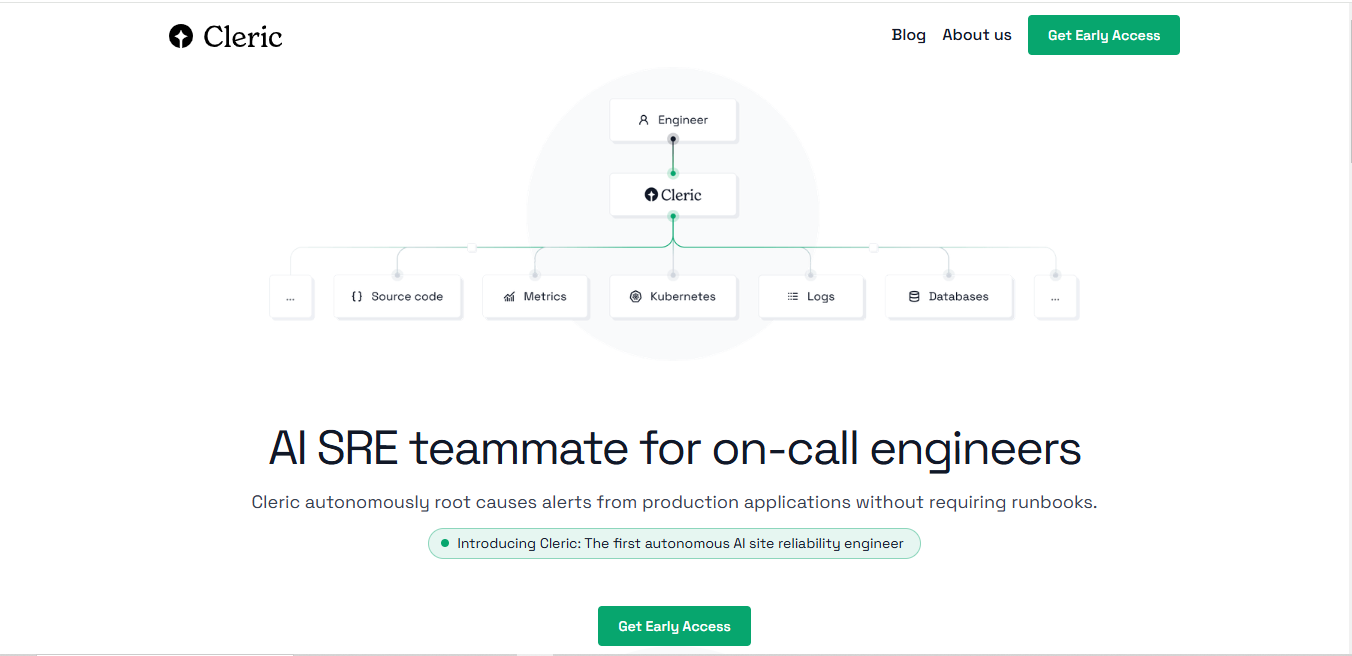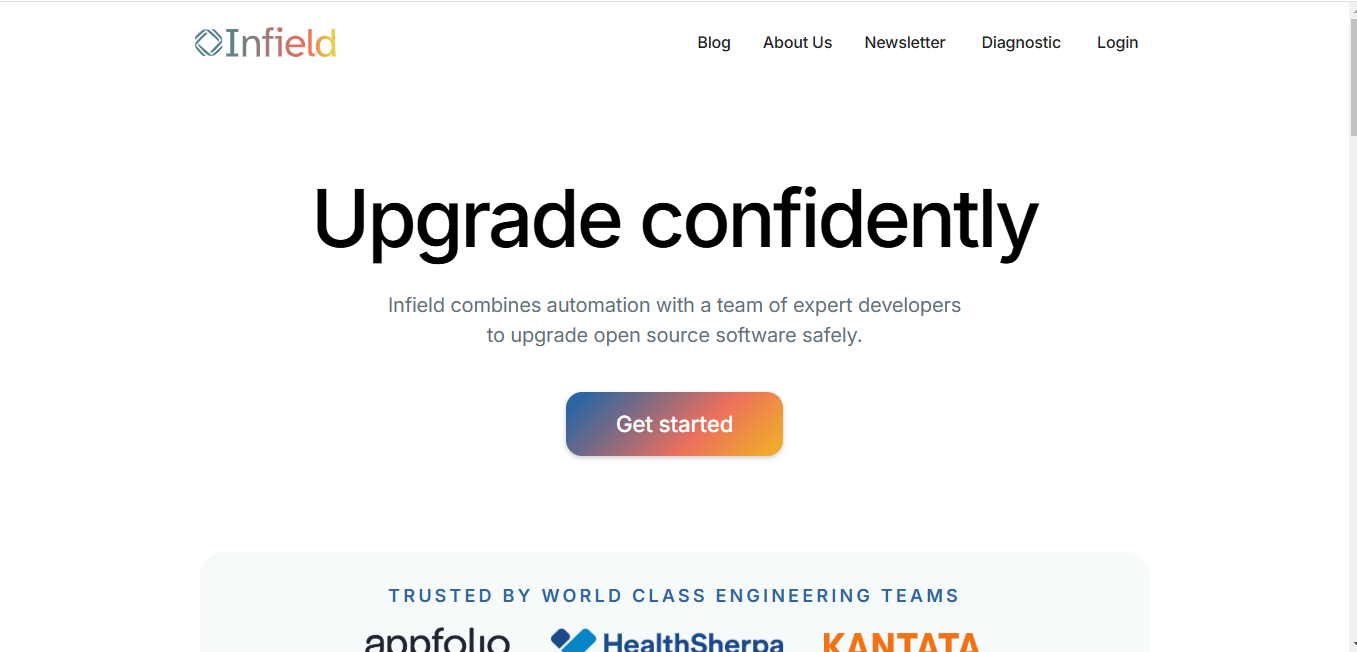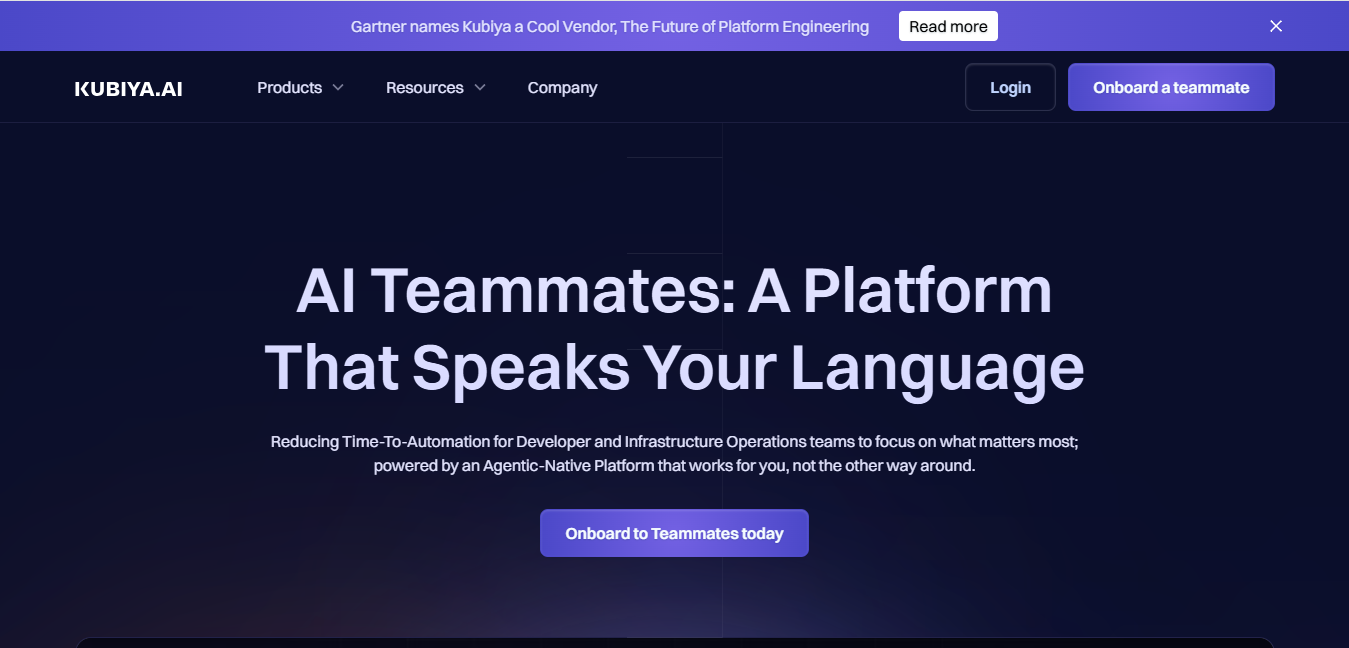
Temporal
What is Temporal?
Temporal is a distributed systems framework that simplifies building reliable applications by handling complex infrastructure challenges. It manages state, retries, and error handling automatically, letting developers focus on core business logic rather than dealing with system failures.
Top Features:
- Durable Execution: abstracts away distributed systems complexity while maintaining fault tolerance.
- State Management: automatically tracks and maintains application state across distributed services.
- Event-Driven Architecture Support: simplifies error handling and state propagation across services.
Pros and Cons
Pros:
- Development Speed: eliminates need to write recovery logic, callbacks, and timer code.
- Reliability: reduces system failures by 10-100X through built-in fault tolerance.
- Visibility: provides comprehensive insights into execution progress and application state.
Cons:
- Learning Curve: requires understanding new concepts and patterns for effective implementation.
- Initial Setup: may need significant architectural changes to existing systems.
- Resource Usage: can consume more resources compared to simpler architectures.
Use Cases:
- Payment Processing: managing complex financial transactions with guaranteed consistency.
- Order Management: coordinating multi-step order fulfillment processes reliably.
- AI Workflows: orchestrating machine learning pipelines and model deployment processes.
Who Can Use Temporal?
- Backend developers: professionals building distributed systems and microservices architectures.
- System architects: teams designing reliable and scalable enterprise applications.
- DevOps engineers: specialists managing complex infrastructure and deployment pipelines.
Pricing:
- Open Source: free self-hosted version available under MIT license.
- Cloud Service: managed solution with pay-as-you-go pricing across 11+ regions.
Our Review Rating Score:
- Functionality and Features: 4.8/5
- User Experience (UX): 4.2/5
- Performance and Reliability: 4.9/5
- Scalability and Integration: 4.7/5
- Security and Privacy: 4.5/5
- Cost-Effectiveness and Pricing Structure: 4.3/5
- Customer Support and Community: 4.4/5
- Innovation and Future Proofing: 4.8/5
- Data Management and Portability: 4.6/5
- Customization and Flexibility: 4.5/5
- Overall Rating: 4.6/5
Final Verdict:
Temporal stands out as a powerful solution for building reliable distributed systems. Its ability to handle complex infrastructure challenges while maintaining developer productivity makes it an excellent choice for teams building mission-critical applications.
FAQs:
1) How does Temporal compare to traditional microservices architectures?
Temporal adds a reliability layer that traditional microservices lack, handling state management and failure recovery automatically while reducing implementation complexity.
2) What programming languages does Temporal support?
Temporal supports multiple programming languages including Go, Java, PHP, and TypeScript, enabling polyglot development within the same service.
3) Can Temporal integrate with existing applications?
Yes, Temporal can be gradually integrated into existing applications, working alongside current infrastructure and frameworks.
4) What are the hardware requirements for running Temporal?
Requirements vary based on workload, but Temporal can run on standard cloud infrastructure or on-premises servers with moderate resources.
5) How does Temporal ensure data consistency?
Temporal maintains data consistency through its workflow engine, which tracks state and ensures exactly-once execution of operations.
Stay Ahead of the AI Curve
Join 76,000 subscribers mastering AI tools. Don’t miss out!
- Bookmark your favorite AI tools and keep track of top AI tools.
- Unblock premium AI tips and get AI Mastery's secrects for free.
- Receive a weekly AI newsletter with news, trending tools, and tutorials.

